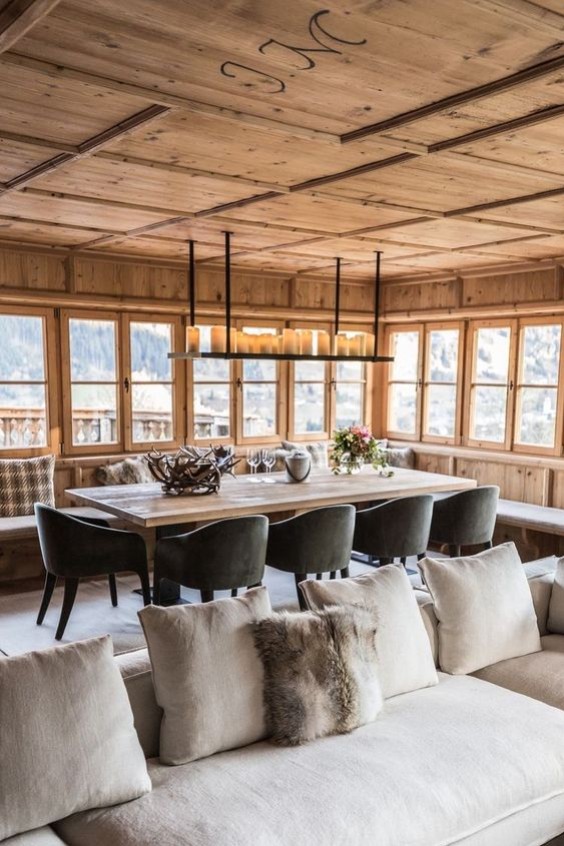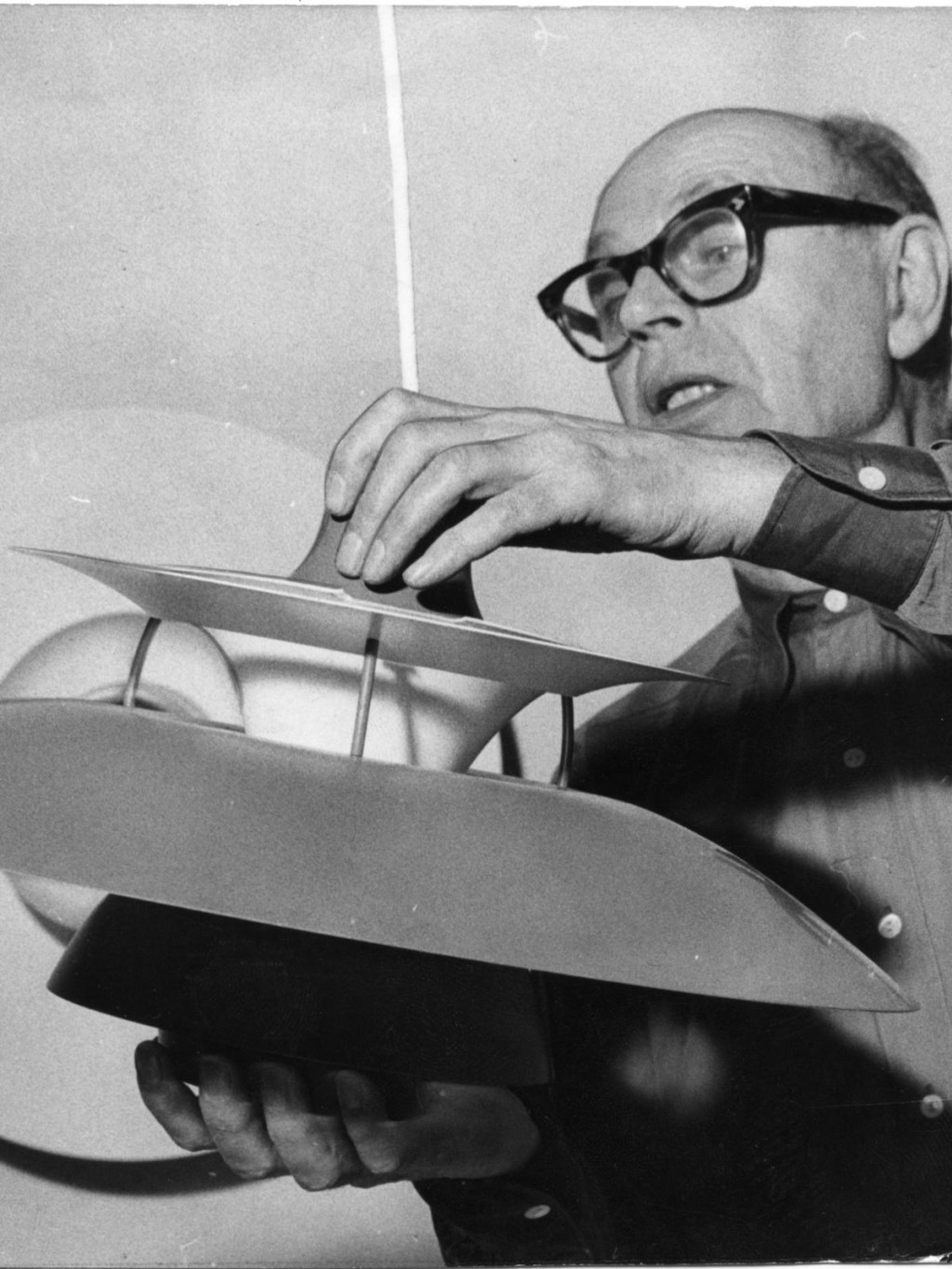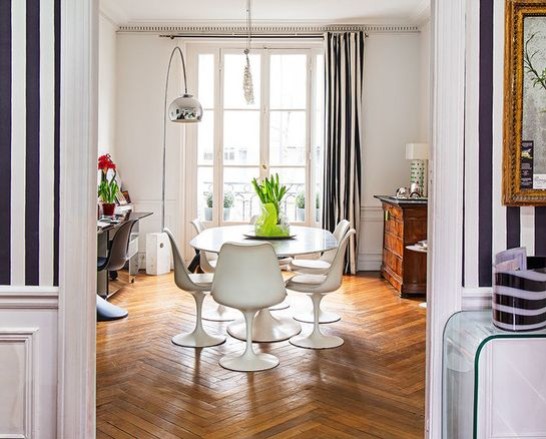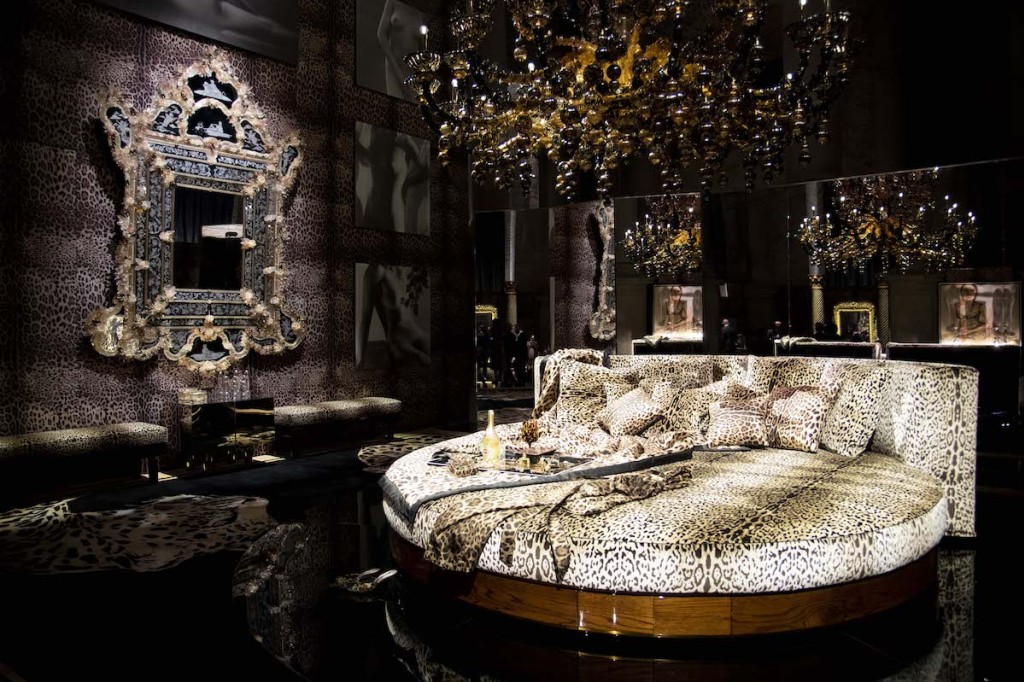If modern design were to have a nationality, it would definitely be Italian... Italy brought together in the aftermath of World War II a favorable crucible for the development of a thriving furniture industry. How did it do this? Thanks to an explosive cocktail of craftsmanship and industry. At the same time, the country's most brilliant architects tried their hand at industrial design, reinventing a dialogue between art and industry. And so it was that small industrial companies, often family-owned, exported the Italian "style" all over the world. From the beginning of the 1950s to the end of the 1980s, Italy experienced a golden age in which artists and manufacturers worked together. We propose to illustrate this with 6 great figures of Italian design, to which we must add the talent of great publishers.
Gio Ponti (1891-1979) is the tutelary figure of modern Italian design. An architect, designer and painter, he played a considerable role in the rise of Italian design. He certainly created iconic pieces of post-war design, such as the Leggera and Superleggera chairs, but it is above all his contribution to the advent of prestigious institutions and events that energized the intellectual and artistic life of his time that makes him indispensable. Thus, we owe him the creation as early as 1928 of the famous international magazine Domus, considered the bible of design and architecture and which still exists today. And it was also he who in 1954 initiated the "Compasso d'Oro" award, one of the most influential and longest-running international product design awards. It also actively contributed to the recognition of the Milan Triennale (1923) and trained several generations of the most talented designers...




The Castiglioni brothers (Achille: 1918-2002, Pier Giacomo: 1913-1968) infused postwar Italian design with a kind of "quiet timelessness," designing furniture pieces that looked elegant and, above all, functional. Not giving in to the various fashions, their style is distinguished by the search for great sobriety. Until the premature death of Pier Giacomo, they realized in the 50s and 60s a large number of objects for industrial publishers such as Flos (lighting specialist) or Zanotta (home universe). Achille Castiglioni won no less than 9 Compasso d'Oro.


Ettore Sottsass (1917-2007) is perhaps the most renowned Italian designer still today in France and the World. This popularity is due to his protean talents which allowed him to touch everything: industrial objects, furniture, ceramics, graphic design and of course architecture since he graduated from the Polytechnic School of Turin in 1939. His career is marked by his collaboration with Poltronova, Olivetti, for whom he designed the famous typewriter Valentine, and the Manufacture Nationale de Sèvres. Avant-garde, even radical, he exhibited in 1972 at MoMA during the exhibition Italy: The New Domestic Landscape, prototypes of container furniture on wheels illustrating the evolution of lifestyles. In the early 1980s, he founded the Memphis Movement and invented a colorful language.


Joe Colombo (1930-1971) was the shooting star of Italian design. He died prematurely of a heart attack at the age of 41. During his 20 years of activity, he revolutionized the design and forms of individual housing. It is in particular him who develops in the Sixties, the concepts of modular pieces of furniture and "cells of dwelling". Avant-garde, he sticks to his time and designs transportable furniture. His seats, such as the extraordinary Tube Chair, lamps, shelves, storage furniture, such as the famous Chariot Bobby (1970), are distinguished by their modularity and flexibility. Joe Colombo was a workaholic and a visionary...




Another great figure from the golden age of Italian design: Gae Aulenti (1927-2012). Graduating in architecture from the Milan Polytechnic in 1953, Gae Aulenti, like Gio Ponti, occupied an important place in the intellectual and architectural life of her country, collaborating in particular for 10 years (1955-1965) with the avant-garde magazine Casabella Continuità. Author of furniture pieces that became bestsellers such as the Pipistrello lamp, she quickly asserted herself in a milieu, architecture, very male. Architect, designer, intellectual, but also professor since she teaches first at the University Institute of Architecture in Venice, then at the Politecnico of Milan. As a scenographer, she is known for rehabilitating old buildings into museums. Thus, we owe her a major project: the initial interior design of the Musée d'Orsay (1980-1986) on the occasion of its transformation (from a former train station into a museum devoted to Western art from 1848 to 1914).



To these 6 great personalities of Italian design, it is worth adding another actor: the publishing houses and industrialists who have enabled its growth. Let's mention the very old Turin-based company Poltrona Frau, created in Turin in 1912 by Renzo Frau, which quickly propelled the brand to the top of high-end furniture, a symbol of "made in Italy" know-how. Another essential reference: Kartell, created in 1949 by Julio Castelli, which has constantly innovated in the use of plastic materials. Joe Colombo thus created for the Milanese publisher the Chaise Universale (1967), considered the first chair molded entirely in plastic! It's impossible not to mention the publisher Cassina, which has one of the richest furniture catalogs in the history of design.



François Boutard






